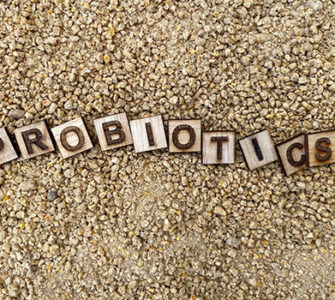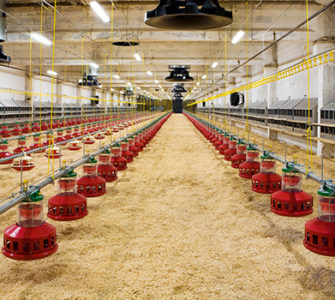Managing coccidiosis successfully in poultry raised without antibiotics
Producers raising flocks without antibiotics are finding new ways to manage gut health and coccidiosis with vaccination and anticoccidials, Greg Mathis, PhD, coccidiosis specialist, Southern Poultry Research, told Poultry Health Today.
Some producers using a coccidiosis vaccine, for instance, apply a field boost. They spray the vaccine on the feed or on litter to cover the birds that may have been missed during the initial hatchery application, he said.
Producers have also learned that increased lighting improves preening and ingestion of the vaccine; the faster birds preen, the more coccidia they get into their systems to create immunity sooner, Mathis said.
Other producers use a coccidiosis vaccine during the spring, summer and fall, then switch to a non-ionophore anticoccidial program before going back to the vaccine, he said. However, nothing has been as effective for managing gut health as a traditional, full-spectrum program involving ionophores and other approved antibiotics effective against enteric disease.
Many companies raising poultry without antibiotics are also using bio-shuttle (hybrid) programs. They administer a vaccine in the hatchery and then follow with a non-ionophore anticoccidial.
When using a bio-shuttle program, timing is very important, Mathis emphasized. Using the anticoccidial too early will kill off too much of the vaccine’s live coccidial oocysts before they’ve completed their cycle. If the medication is used too late — at 22 to 28 days — the birds could develop an early Clostridium infection, he observed.
The non-ionophore anticoccidial in birds vaccinated for coccidiosis should be started between 16 and 20 days of age, the researcher advised.
A non-ionophore anticoccidial with a full spectrum of activity which helps birds develop immunity and works well in bio-shuttle programs is Zoalene (Zoamix), which has recently been reintroduced after being out of the market for almost a decade, he said.
Posted on August 25, 2017

















